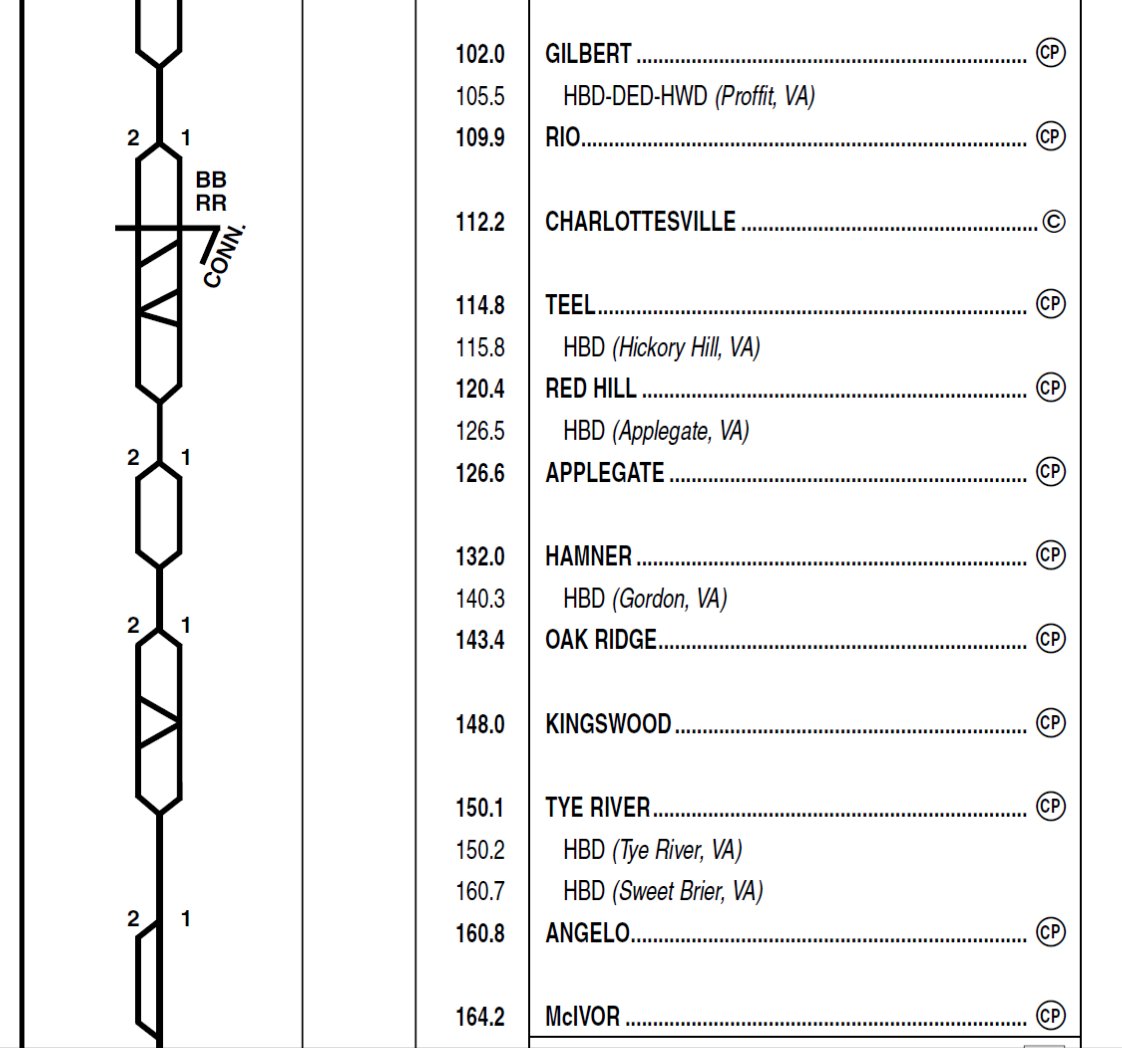It looks like the derailment in East Palistine, Ohio is causing another full blown safety panic of the type that brought us Positive Train Control. Some of the more benign proposals are calling for increased regulation of equipment defect detectors such as those that scan for overheated axle bearings. Like everything the devil is in the details and treating detectors exactly like other FRA regulated safety devices such as signaling systems and grade crossing protection would be a mistake that would take an automation technology that railroads don't really have a problem with, into a high cost headache that would become an actual target for cost reductions.
Let's be absolutely clear. Hotbox detectors (HBD) and the response to their alarms have not been impacted by investor demands or Precision Scheduled Railroading (PSR). The frequency, placement and procedures associated with defect detection have not substantially changed for the past 40 years. Conrail spaced HBD's every 20 miles with supplementary dragging equipment detectors every 10. NS kept those exact same detector locations since Conrail was taken over in 1999. The Southern Railway preferred a 10 mile detector spacing and on former Southern parts of NS that detector spacing has also remained unchanged since its operations were merged with the N&W in the late 80's. Speaking of the N&W, their detector spacing was every 15 miles and has also remained unchanged. Long story short the derailment was not caused by corporate cost cutting.
The risk of strict regulation, similar to that applied to signals, is that ay change to a detector would require costly certification processes and/or regulatory approval. For example Amtrak and other railroads must go through a full regulatory process, including public hearings to, apply a software update to their PTC system. Detectors on the other hand display a far greater range of context specific innovation with secondary features like train speed, axle counts and time/temperate enouncements. Regulating all of these features like signals would create a race to the minimum standard as regulated features would have to be rigorously maintained and certified. Don't think this is fanciful prediction either as believe it or not there do exist FRA regulated detectors in situations where they form part of the signaling system.
Some examples like the CP-BANKS, shown above near the Rockville Bridge on the former Conrail Pittsburgh Line, have interlocked high car detection. As part of the interlocking, even changing the readout recording would have required costly re-certification and as a result the CP-BANKS detector retained its Conrail readout some 20 years after Conrail's absorption by NS. Other examples might include the propensity for all automatic signal locations on some western roads to have an breakaway style dragging equipment detector stick. If those are linked to the signal system (instead of radio readout) it would explain why this type of protection has persisted on select western lines and no others.

Regulated standards are important, but requiring a public heating to adjust alarm thresholds or change a broadcast recording (no matter how much I would love to hear KCS and Guilford over the air in 40 years) is liable to trigger loophole abuse in an area was uncontroversial.


Hi Mike - Long time reader, first time commenter, have enjoyed your blog for years. I operate a website, DefectDetector.net, and was wondering if I could share some detector photos from your site there - with proper credit and linking back to your blog, of course. Any insights or documentation you have would also be invaluable, as it's such a niche portion of the railfan hobby that hasn't really gotten much attention. My current project is sifting through mountains of back issues of Railway Age, Modern Railroading, and RS&C to piece together Servo's model history. Thanks in advance! -Nick
ReplyDelete